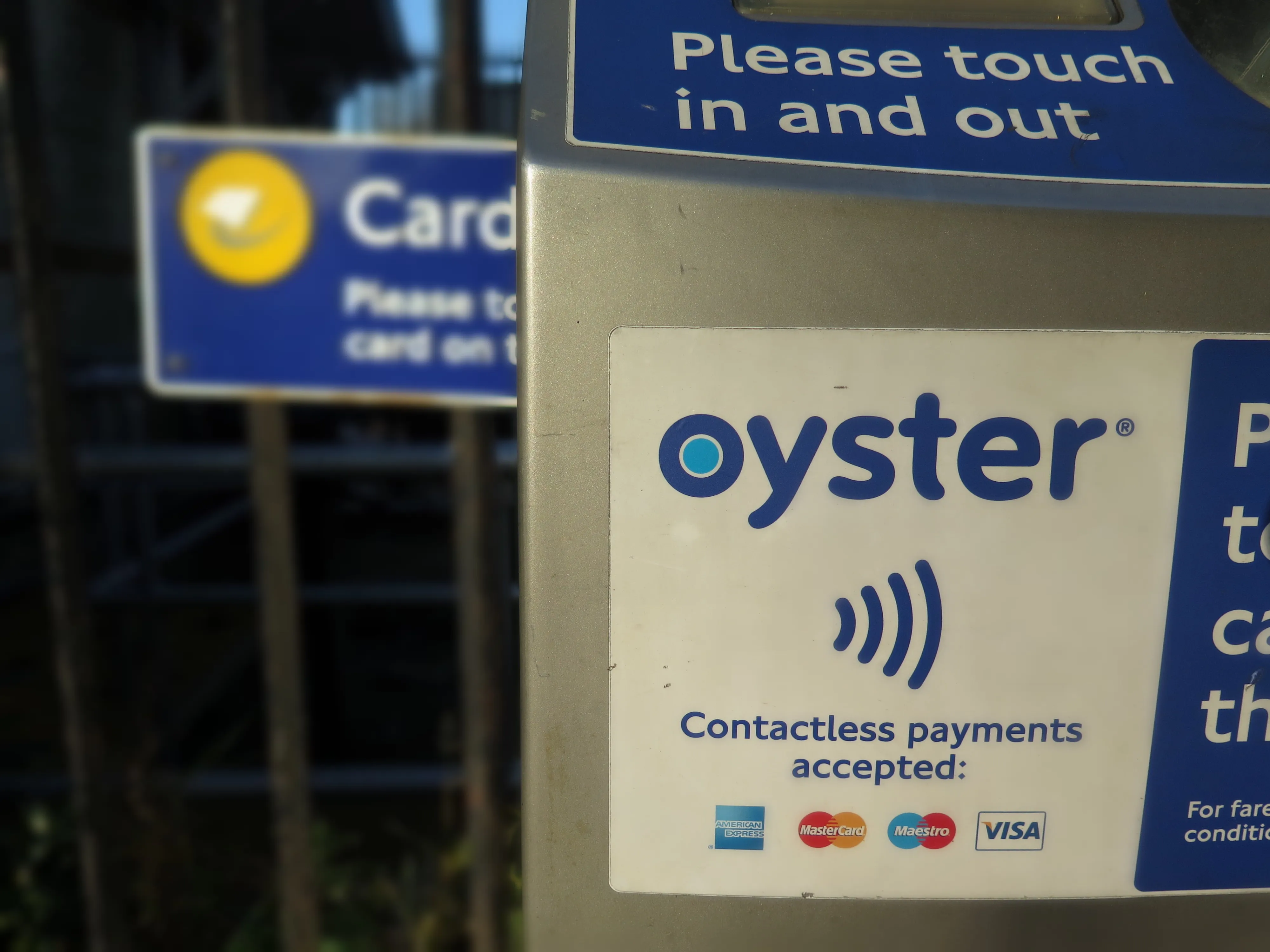APT SkiData has further extended the ‘wave and pay’ capabilities of its parking solutions with the new Artema EMV Level 2 contactless payment module as an integral part of its latest payment devices. Sited conveniently below the ‘traditional’ magnetic strip reader, the reader accepts a number of different contactless payment types in unattended environments, including Visa payWave and MasterCard PayPass cards.
July 17, 2012
Read time: 1 min











